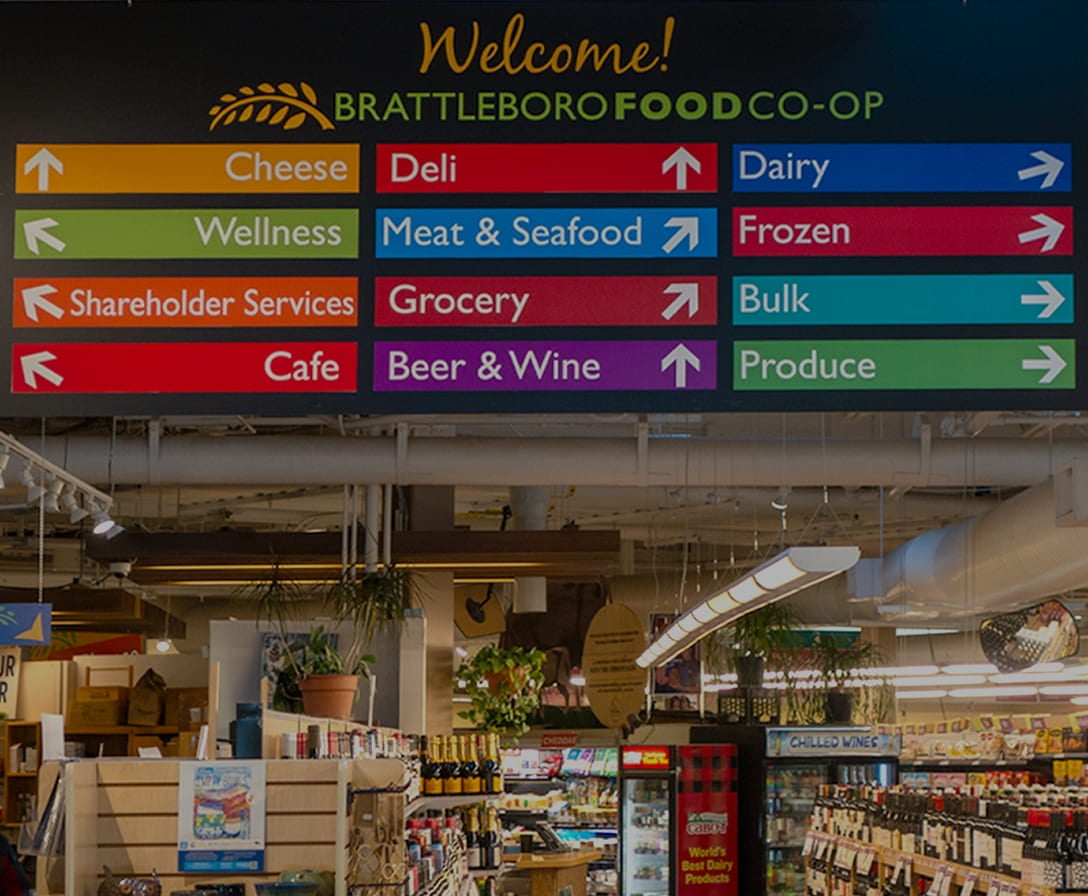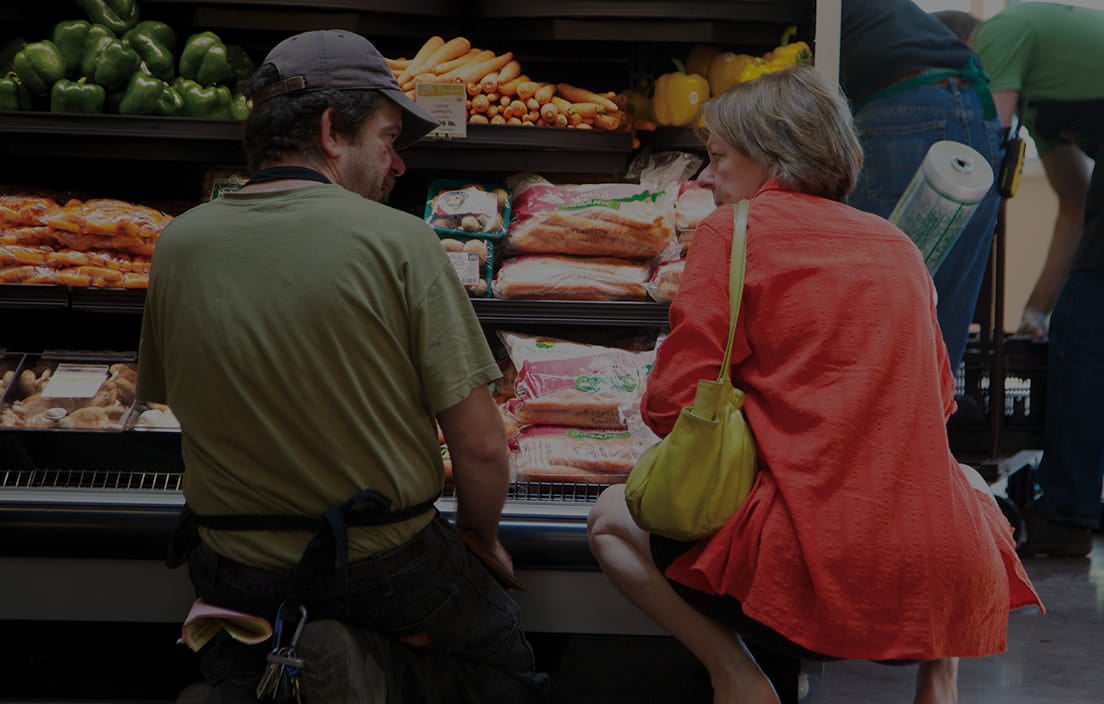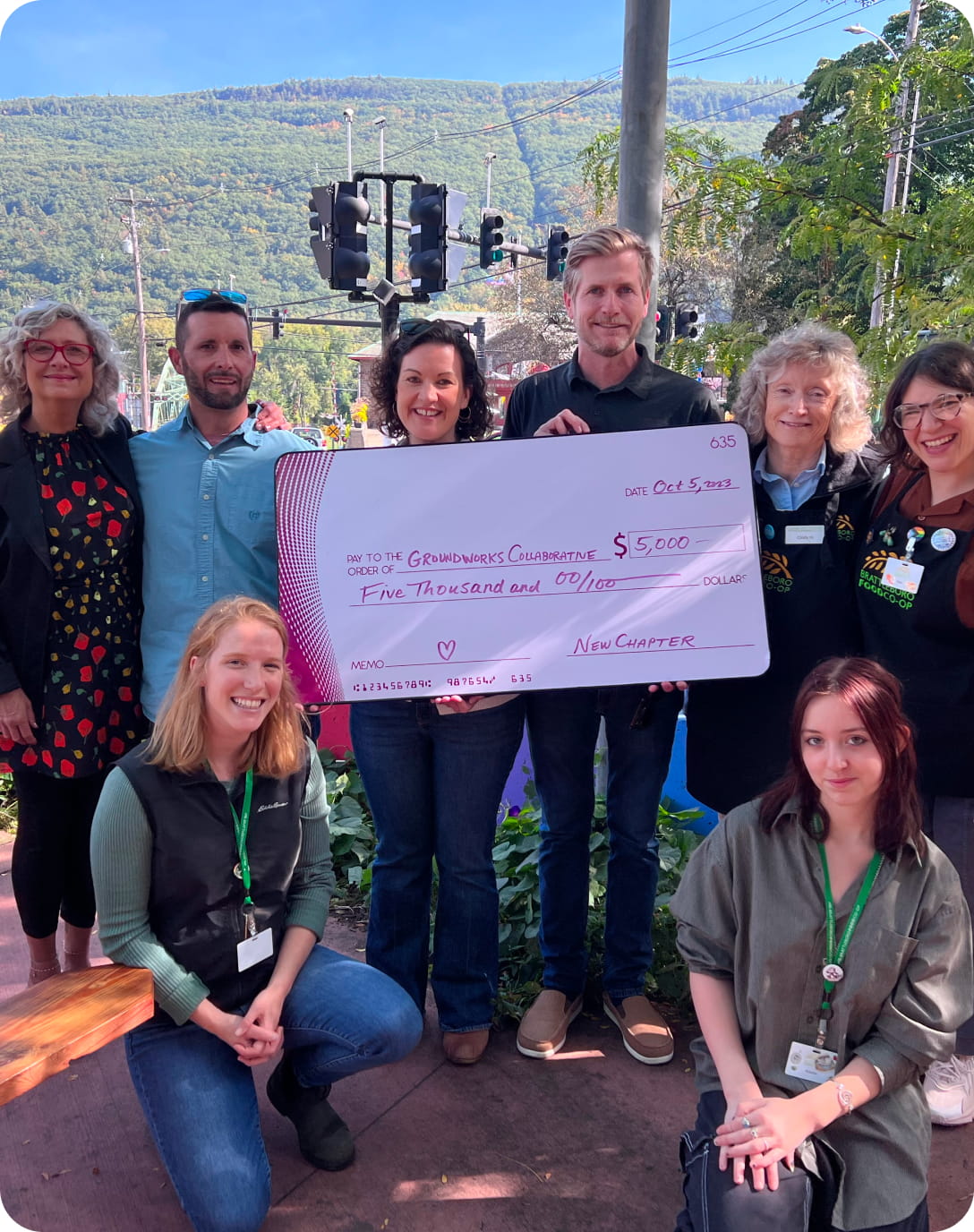BOD Report: Diversity, Equity, and Inclusion
Diversity, Equity and Inclusion was a workshop led by Dr. Jude Smith Rachele on November 3, 2018 at the Shaker Museum in Enfield, NH.
If you haven’t been to the Shaker Museum in Enfield, it’s worth a trip! Eight of us from the Brattleboro Food Co-op joined about 40 others from a number of regional co-ops for a workshop on diversity held at the museum. Represented were people in diverse roles: general managers, human resource managers, board members, Co-op staff, one staff member from Neighboring Food Co-op Association, and one Cooperative Development Services (CDS) consultant.
The idea for this workshop arose out of the regular professional support network of general managers (GMs) from regional food co-ops in the VT/NH/MA area. Many of us are working hard to demonstrate greater diversity and promote greater inclusion in our co-ops. Fortunately for our region, we have a resource living here in VT whose consultancy business offers a range of workshops, trainings and support for organizations seeking to understand diversity, equity, inclusion and unconscious bias.
Dr. Smith Rachele led us in an all-day journey. “It’s not about training,” she said as we began the day. “It’s about education. It’s about professionalism.” She asked, “What does an inclusive environment FEEL like?” And, “What is your social footprint?”
The first major focus of the day was equity and how it’s different from equality; many times throughout the day we came back to the very clear image showing the difference between them.

Making things equal for everyone doesn’t change the outcome. Equity does. Equality means that we all have the same opportunity. However, we aren’t all the same. We might all have the same height box to help us reach the apples in the tree, but we are not all the same height. That’s what accommodations are all about – and they change outcomes. We need different-sized boxes that reflect our differences. Only by acknowledging and accommodating differences can we create equity. And only via equity can we create a culture where everyone has a voice and has agency. Creativity and innovation are also required to get us there.
We moved on to considering diversity. We started with an activity in which we were invited to study one or more persons sharing our table and to make notes on what we could see. Imagine being given permission to actually study another person intently: We are rarely enabled or encouraged to do so.
Dr. Smith Rachele elicited the details that we’d noticed: facial features, jewelry, clothing, tattoos, scars, smiles, frowns, sounds we heard, movement we saw. All the information went into an external ring circling an inner ring. In the inner ring went all the things we can’t necessarily know from just looking at someone: experiences, education, beliefs, values, burdens, knowledge, fears, challenges, successes, pay, expectations, police record, passport, social class, sexual orientation, etc. So much that we don’t see, and yet we make judgments and assumptions based on what we see alone. The take-home: diversity in a state that is so externally non-diverse (VT, ME and NH are three of the top four least racially diverse states in the US) is still a state with diversity – inner diversity that we don’t know about until we ask, until we begin to know the person.
And what happens when assumptions and judgments are made based on what we see? Here Dr. Smith Rachele introduced a little brain science. When we are operating out of the anterior brain, the amygdala, we are in our fight-flight mode reacting to the world and the people we encounter out of fear. It’s our frontal lobe that allows us the opportunity to respond, not react; to look, listen, and reflect; to be curious; to explore. That’s a very different mind space. Dr. Rachele said that when we are in a constant state of being traumatized, the frontal lobe of our brain goes “off line.” And it’s a discipline to keep the frontal lobe—our executive functions—active. That’s when we can operate out of trust; we can begin to think critically; we can act cooperatively. Dr. Rachele mentioned that we used to think that diversity was all about having a certain set of values. It turns out it’s about behavior. How do we cultivate a diversity brain?
How do we create an inclusive environment? A welcoming environment? It’s about relationships. About not judging someone as different from or “less than.” It’s about being curious, not judgmental. Rather than making assumptions, it’s about taking the time to look, listen and feel.
What does a work environment look like where people do their best work? Where they feel reassured and empowered? Where honest conversation prevails? What mechanisms can an organization have in place to assess whether people are feeling humiliated, chastised or shamed and blamed?
In Dr. Rachele’s experience, the answer is “inclusion.” It’s about investing in relationships, finding common ground, ensuring equity and not being afraid of diversity.
We’re excited to continue working toward this in our Co-op.
The image used in this article is © Saskatoon Health Region and Abundant Sun, and is used by permission.
By Jerelyn Wilson and Beth Neher
About Producer of The Month

Shop Online

On Sale Now!

